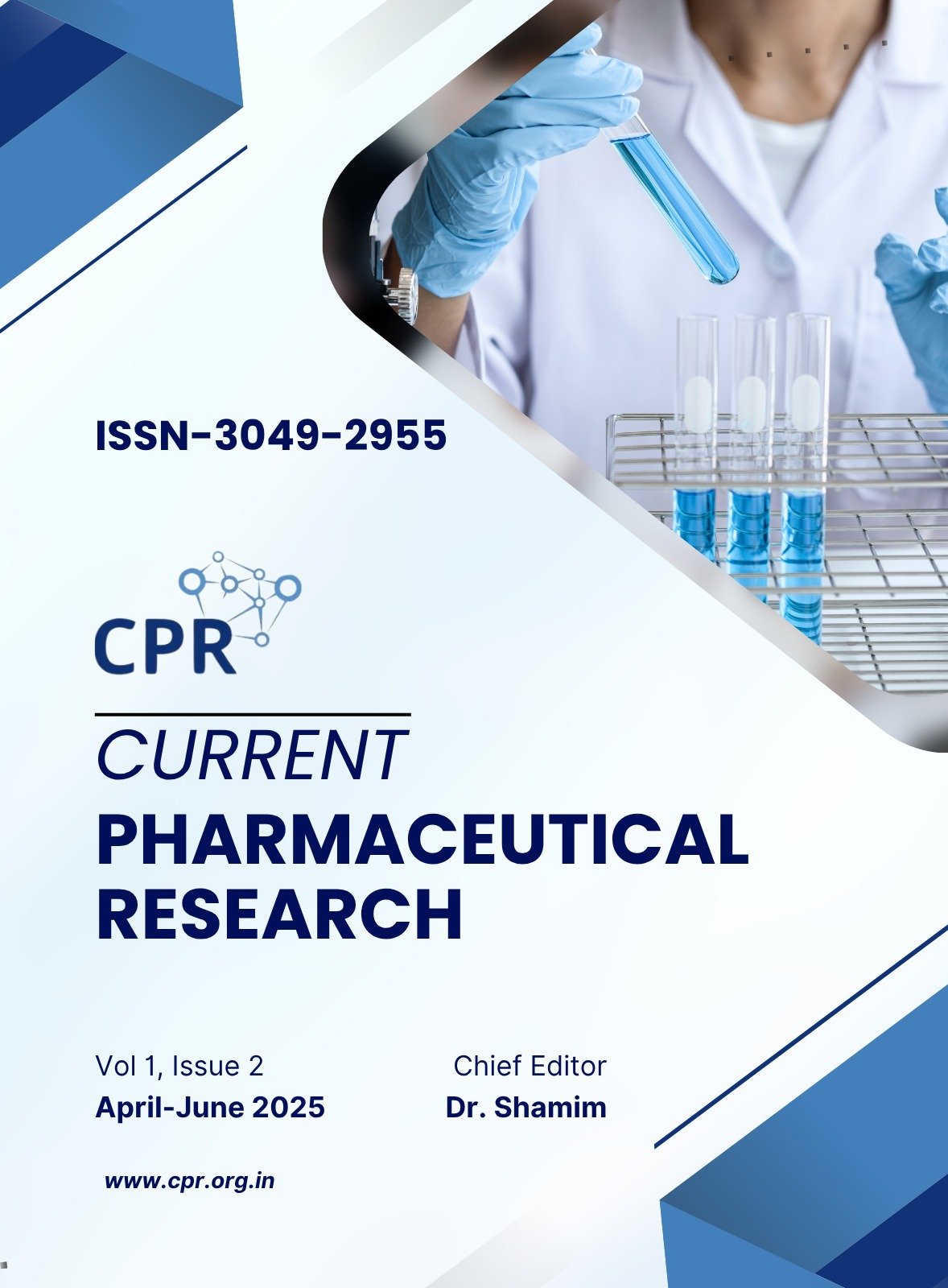The Expanding Role of Sphingolipids in Liver Fibrosis and Disease Progression
DOI:
https://doi.org/10.63785/cpr.2025.1.2.200214Keywords:
Sphingolipids, S1P, liver fibrosis, liver disease, NAFLD, MAFLD, sphingosine kinaseAbstract
Sphingolipids, a class of lipids with diverse carbohydrate components, have been increasingly recognized for their role in various diseases, including liver fibrosis and progression of liver disorders. These lipids, particularly sphingosine 1-phosphate (S1P), play a crucial part in liver pathology, contributing to conditions such as steatohepatitis, hepatocarcinogenesis, and ischemiareperfusion liver injury. S1P is involved in inflammation, immune cell modulation, and fibrosis, which are essential components of non-alcoholic fatty liver disease (NAFLD) and metabolicassociated fatty liver disease (MAFLD). The dysregulation of sphingolipid metabolism, including sphingosine kinase (SphK) activity and its receptors (S1PRs), has been linked to liver fibrosis and cirrhosis. Additionally, sphingolipid accumulation disorders, such as those seen in sphingolipidoses, further underscore the importance of sphingolipid signaling in liver disease progression. Research highlights the potential of targeting the S1P/S1PR pathway for therapeutic interventions in liver fibrosis and other liver-related disorders. As the global prevalence of fatty liver disease rises, understanding the role of sphingolipids in liver function and pathology will be critical for developing effective treatments and management strategies for chronic liver conditions.
Downloads
Published
Issue
Section
License

This work is licensed under a Creative Commons Attribution-NonCommercial 4.0 International License.






